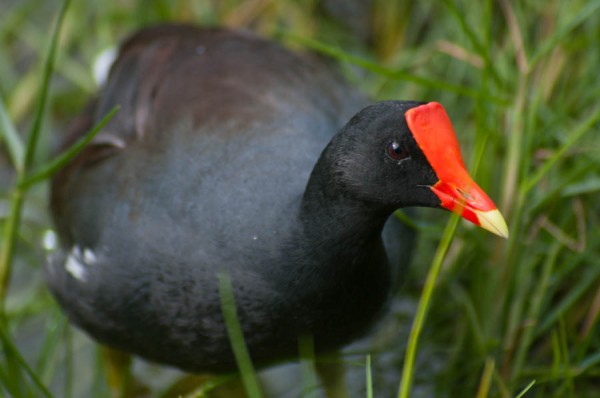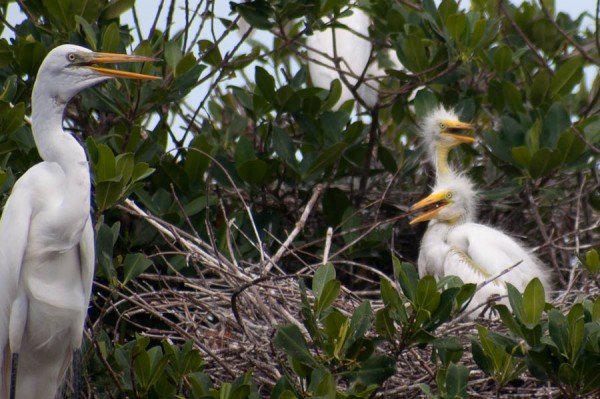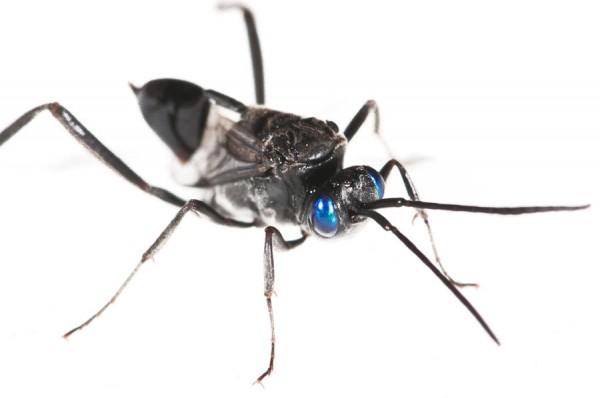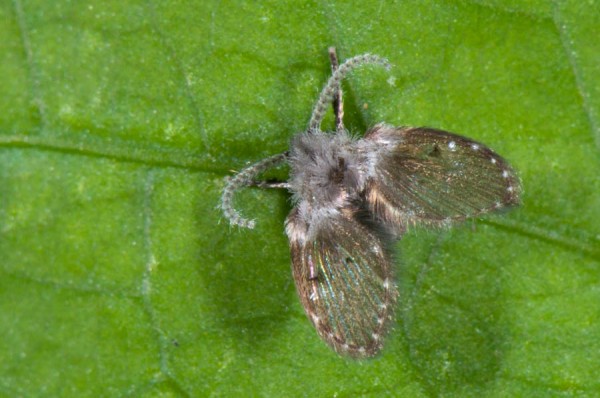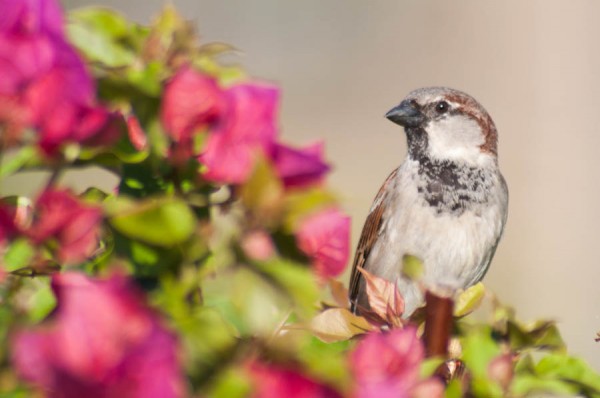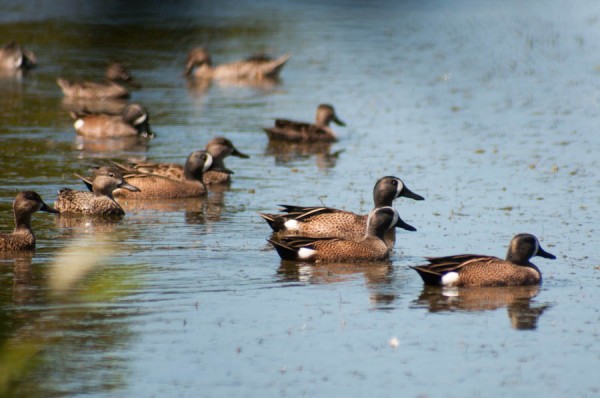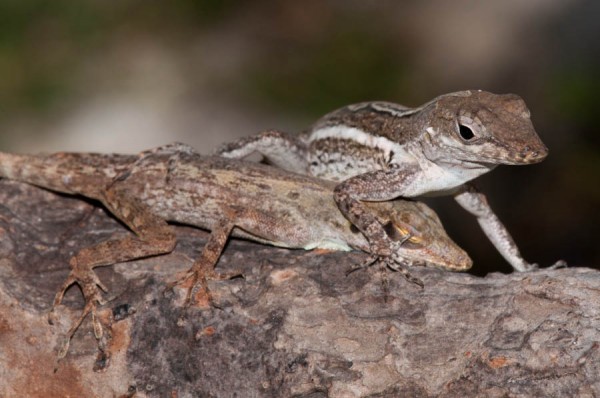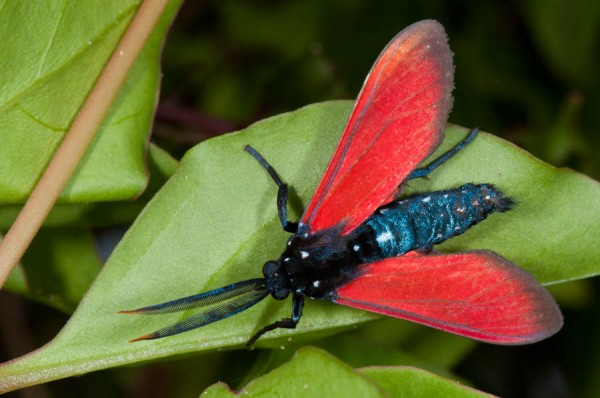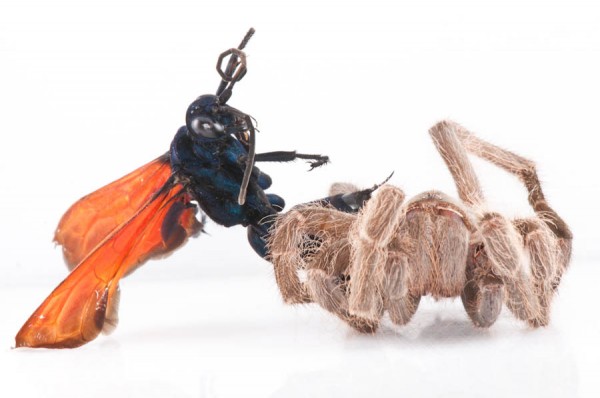Lesser Antillean Bullfinch
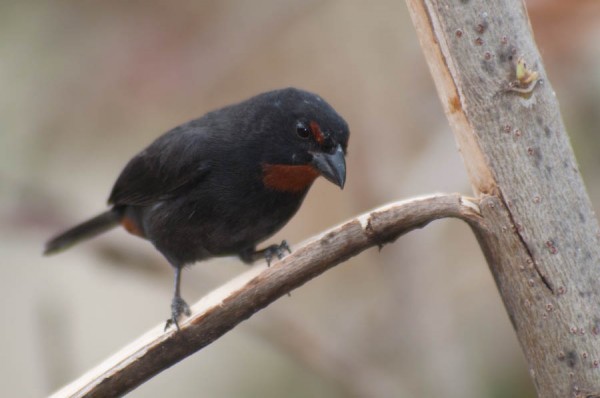
The Lesser Antillean Bullfinch is found only in the Lesser Antilles, but is common on most of the islands in its range. They have a thick bill for eating seeds. Males are black with reddish-brown patches on the chin, near the tail and above the eyes. Females are basically plain brown. One source tells me the local name for this […]

